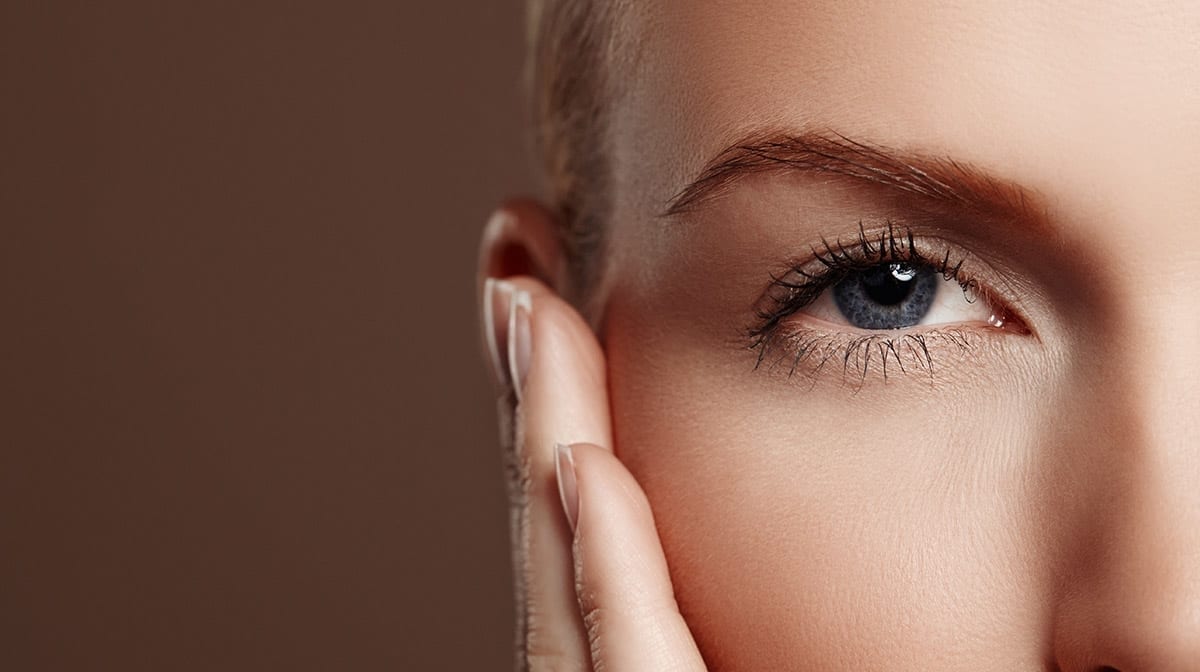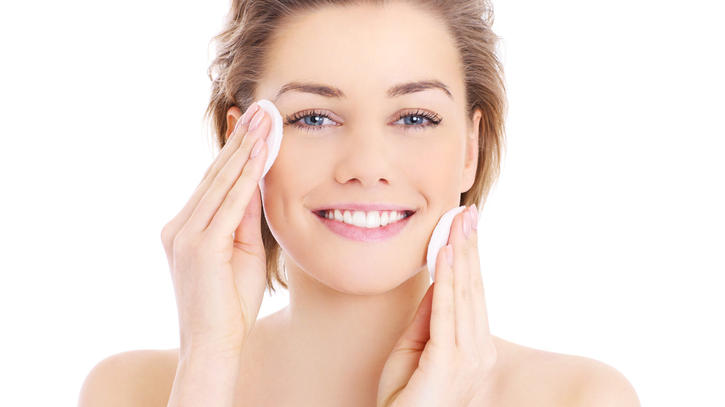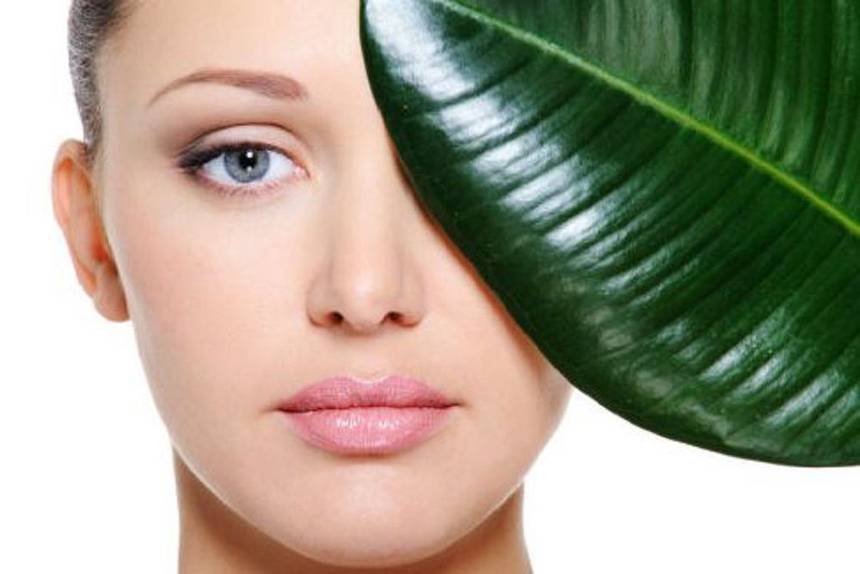
What’s the best moisturiser for dry skin?
 When you’ve got dry skin, finding the best moisturiser can be a minefield. You need a seriously hard-working hero; a cream that will instantly calm and comfort tight, irritated skin while absorbing quickly and playing nicely with your makeup (anything too dense will make your foundation slide around on your face – and nobody wants that.)
When you’ve got dry skin, finding the best moisturiser can be a minefield. You need a seriously hard-working hero; a cream that will instantly calm and comfort tight, irritated skin while absorbing quickly and playing nicely with your makeup (anything too dense will make your foundation slide around on your face – and nobody wants that.)
How to recognise dry skin
You know you have dry skin when your skin feels tight, especially after a shower or swim. It’s not nice to touch, with a rough or papery feeling. And when you look really closely at it with a magnifying mirror, you see a ‘crazy paving’ effect that’s a bit like the cracked surface of a valley floor in Death Valley National Park.
Dry skin can be a temporary condition, brought about by a change of climate or season. But it can also be a semi-permanent condition that you acquire with age. The older you get, the less hydrated your skin will be, because your body makes less sebum (natural skin oil) to keep water in and cell renewal is slower.
The risks of dry skin
Dry skin isn’t really harmful, except to your looks. It can give you a grey pallor and it tends to looker older than normal or oily skin, because it develops tiny lines and creases sooner.
Sometimes dry skin can become something more dangerous, like atopic dermatitis (aka eczema) or a skin infection. These problems are more likely to occur when severely dry skin develops cracks or fissures. If you’ve ever had cracks in the tough skin on the bottom of your feet, you know what we’re talking about. Skin cracks are painful!
Chapped lips (cheilitis) is another example of what can happen when your skin is so dry that it cracks and flakes. [1] Lips can’t produce their own moisture, so they are particularly at risk of becoming uncomfortably dry.
How moisturiser works
Dry skin is a lack of water, not oil. Think about baby skin for a moment; it’s smooth because of its water content, not its oil content. The sebaceous glands in the skin don’t start producing sebum until puberty. [2] So when you’re slathering on moisturiser, it’s the water your skin craves the most. The oil in moisturisers is there to hold the water in. Just like in a bottle of vinaigrette, the oil sits on top of the water.
When you apply a moisturising cream to your skin, it adds water to your stratum corneum, the top-most layer of your skin. Oil in the cream (the occlusive) sits on top of this water to prevent it from escaping. Your skin feels more comfortable, because of the water and oil, and it looks better because the moisturiser contains emollients that smooth the surface. During the day, the moisturiser will continue to keep the skin hydrated, because the humectants will be busy attracting more water.
Moisturiser key ingredients
Building on what we’ve just described above, a moisturiser contains various types of ingredients:
- - Water, to give your skin the drink it needs.
- - Occlusives, to hold water in after it has been applied to the skin.
- - Emollients, to fill in the rough spots and make your skin feel smooth. 2
- - Humectants, to attract additional water – drawing it up from deeper levels of the dermis and, in humid conditions, bringing it in from the air.
The best moisturiser for dry skin is one that contains all four of these ingredient types. So when you’re reading the ingredient label of a product, you need to know what you’re looking for.
Let’s take a look at the key ingredients of Okana’s day moisturiser to see if it shapes up for dry skin:
- Water: The number one thing a moisturiser for dry skin has to have.
- Apricot Kernel Oil: Keeps the water in your skin, plus vitamins A and E slow down signs of ageing.
- Olive oil: Also helps to keep water in your skin, plus it’s rich in vitamin E, polyphenols and phytosterols – all good for preventing skin ageing.
- Glycerin (plant-derived): A humectant that attracts water to your skin.
- Sodium Levulinate (from corn): A natural preservative to stop the moisturiser from going off.
- Sodium Anisate from fennel seeds: A bonus ingredient that soothes inflamed and irritated skin.
- Olea Europea wax (olive wax): Has emollient properties, so it makes your skin feel and look smoother.
- Betaine (from beetroot sugar): Helps to strengthen your skin barrier, which is often compromised in dry skin.
- Daucus Carota Sativa Juice (carrot juice): A source of water, plus it’s high in potassium, which helps to keep cells hydrated.
- Solanum Lycopersicum Fruit Juice (tomato juice): Tomatoes are full of water and rich in antioxidants to protect skin from free radical damage.
- Sclerotium Gum (from fermented sugar): An emollient with skin-soothing and smoothing properties.
- Glyceryl caprylate (derived from glycerine and coco fatty acids): A humectant that regulates skin moisture during the day.
- Daucus Carota Sativa Root Extract (carrot root extract): An all-round skin tonic that rejuvenates skin and helps promote the building of new skin cells.
Other tips for dry skin
Apart from being religious about the application of moisturiser after every skin cleansing session, there are some simple things you can do to reverse dry skin:
- - Shower in warm or cool water, not hot.
- - Don’t use too much soap or shower gel. Thick lather is an indication you’re using too much. Never use deodorising or antibacterial soap – way too harsh.
- - Use fragrance-free products, to avoid sensitising your skin.
- - Limit your time in the shower or bath to 10 minutes or less. Turn the water off while you’re sudsing up or conditioning your air to minimise water contact (your water bill will benefit too!).
- - Blot your skin dry, but don’t dry excessively. Your body skin should still be damp when you apply moisturiser.
When to see the skin doctor
If you follow our advice about using a moisturiser with all four ingredient types (water, occlusive, emollients, humectants) and take our showering tips on board, your dry skin should start to feel and look better. If it doesn’t, we recommend you see a dermatologist, because it’s possible you have a bigger problem than dry skin.





Leave a comment
This site is protected by hCaptcha and the hCaptcha Privacy Policy and Terms of Service apply.